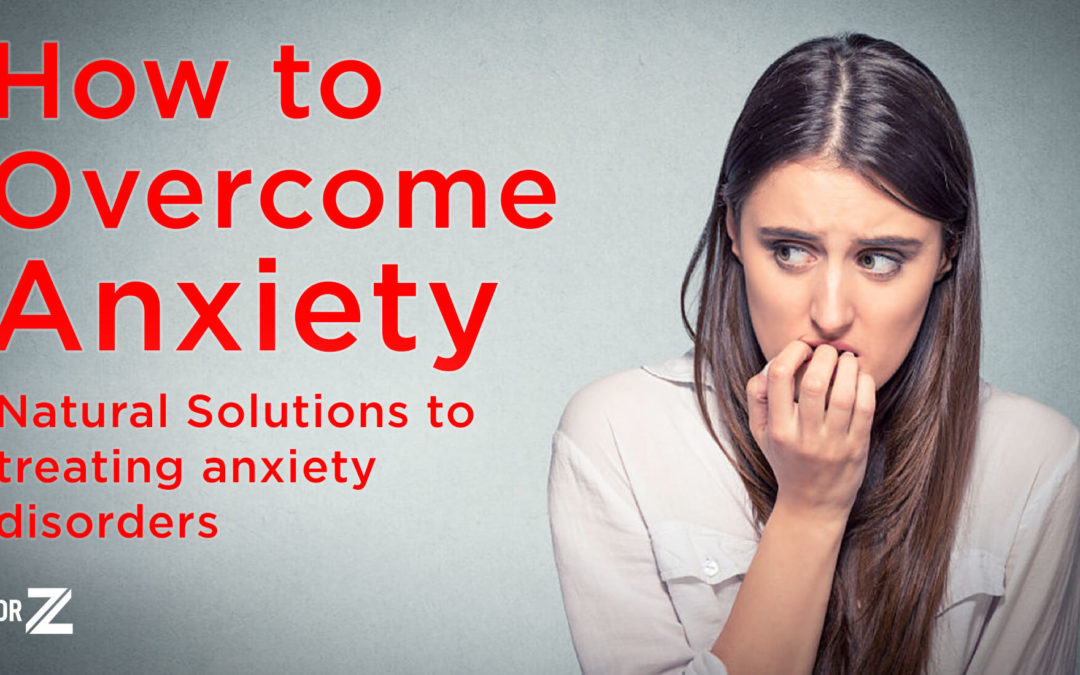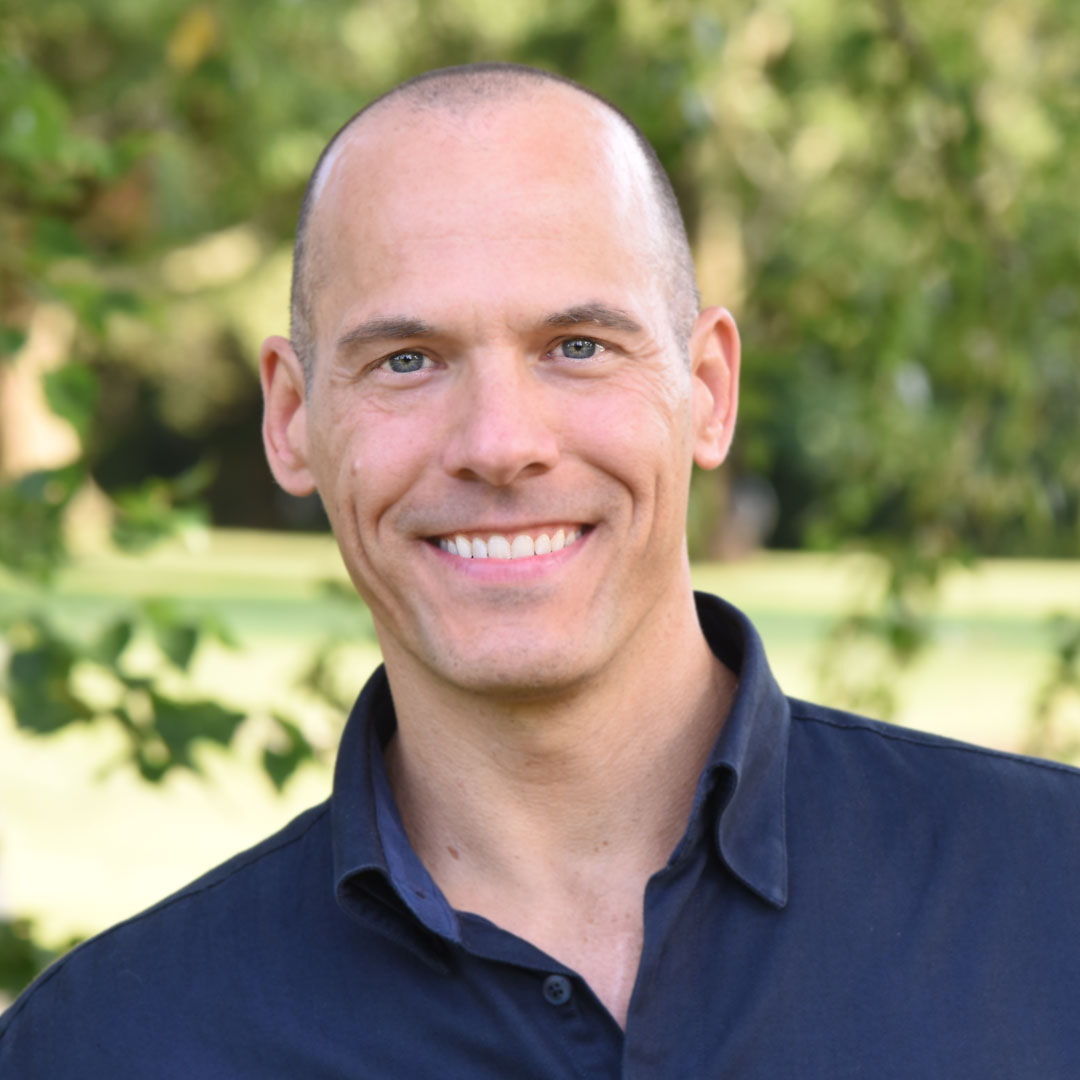Anxiety is universal and unavoidable.
We’ve all experienced anxiety at some point; this is normal. Anxiety ‘disorders’ are different from an occasional situation that causes your heart to race.
Anxiety disorders are a group of mental ailments that keep you from carrying on with your life normally. If you suffer from some form of anxiety, you know what it’s like to constantly feel worry and fear. Often this worry and fear is overwhelming, and it can be disabling.
Basically, anxiety—unlike fear—is a feeling of worry that is out of proportion to a perceived threat. In addition to a subjective component, such as worry or a sense of threat, anxiety also creates a physical reaction of tachycardia (racing heart), increased respiration, and elevated stress hormones, including cortisol, adrenaline, and norepinephrine.
Anxiety disorders have symptom overlap with major depression, hyperactivity, bipolar disorder, pain disorders, sleep issues, and more.
Anxiety is also closely linked to substance abuse.
The cause of anxiety is not just a single faulty wire. Social anxiety, OCD, PTSD, and the others have multiple causative factors involving both physical and psychological causes.
Hello. For those of you who want to read through this info, continue. Here is the video for those visual learners.
Biological Causes:
• Genetics
• Abnormal neurotransmitter and hormone
function
• Alterations in brain circuitry
Psychological Causes:
• Conditioning—being raised with fear
• Cognitive issues
• Social stressor
Pharmaceutical Treatments
Drug treatment of anxiety typically uses Benzodiazepines (Xanax, Klonopin, Valium, Ativan, Halcion), which all act by enhancing the actions of the neurotransmitter GABA within the amygdala, prefrontal cortex, and anterior cingulate to relieve symptoms of anxiety.
Drugs that work with GABA to reduce anxiety are called anxiolytics. Antidepressants are also prescribed for anxiety. They include Lexapro, Prozac, Celexa, Paxil, and Zoloft.
Why don’t all pharmaceutical treatments work?
Simply, because prescribing them is based on guess work. Why? First, no one is born with a deficiency of Lexapro or Xanax.
Prescribing a mind medication is not based on blood work or other scientific evaluation as there is nothing in the blood that says these drugs are needed.
Last, each person’s anxiety is unique; their brain, hormones, neurotransmitters, and their reaction to the environment and stressful situations. There is no way to know if and how any drug will react in an individual or if it will provide a physical benefit other than a change in symptoms.
Faulty Circuitry?
Your anxiety may be conditioned by years of experience. However, in many cases, your fear, worry, and the potential physical reaction that comes from those fears may be in the hard wiring of your brain. The good news is that your brain and its network can be improved, and your symptoms can be treated.
Research has now identified two major structures of the brain—amygdala and the anterior cingulate—and three neurotransmitters—GABA, serotonin, and norepinephrine—involved in anxiety disorders. (Soodan & Arya 2015). Other brain structures involved with anxiety include the hypothalamus, hippocampus, orbital prefrontal cortex, and regions of the brain stem. (Stahl 4th ed.)

Basically, the anterior cingulate is involved in the emotional response, and the amygdala is responsible for the “fight or flight” response. Simply put, feelings of fear are regulated by the connections between the anterior cingulate and the amygdala, as well as between the amygdala and the orbitofrontal cortex.
Anxiety and the Stress Reaction
The fear response activates the stress response whereby the amygdala activates the hypothalamic-pituitary-adrenal (HPA) axis. This causes the surge of cortisol, adrenaline, and norepinephrine.
A short burst of cortisol may enhance one’s survival when encountering a real short-term threat.
However, a prolonged stress response has significant health implications, including immune suppression, muscle wasting, leaky gut, nutrient malabsorption, and an increased risk of cancer, coronary artery disease, type 2 diabetes, and stroke.
Symptoms of anxiety are linked to the amygdala, its surrounding circuits, and the neurotransmitters that regulate these circuits.
Again, these neurotransmitters are GABA, serotonin, and norepinephrine.
Considerations for Treating Anxiety
Drugs, including benzodiazapenes and antidepressants, have been prescribed for the treatment of anxiety with some success and often failure.
As you know, anxiolytics and antidepressants can come with a host of side effects, including: sedation, dizziness, weakness, unsteadiness, drowsiness, depression, sleep disturbance, confusion, memory impairment, increased appetite and weight gain, loss of sexual desire, dry mouth, blurred vision, and constipation.
Nonpharmacological cognitive treatments for anxiety include behavioral therapy, cognitive therapy, guided active breathing, relaxation techniques, and psychodynamic therapies.
Guided Active Breathing™ (GAB) is a new method of “emotional retraining” that has emerged; it combines coaching with guided breathing.
The method involves a skilled professional who gives breathing instructions (which involve you actively) while helping you process the hidden emotions or memories through talk and soft touch.
As a composer conducts an orchestra, the coach guides and moves you through the session, instructing you on the depth and speed of breath while helping you process your thoughts and emotions, until you uncover, process, and pull out that stuck mental splinter.
For more information on Guided Active Breathing™, go to beinbliss.com
Anxiety disorders are very prevalent and are associated with functional impairment. Although there have been advances in understanding these disorders, challenges remain in the treatment of anxiety.
Several interventions have proven to be efficient in reducing anxiety symptoms; however, many patients remain symptomatic and disabled.
Anxiety disorders are among the most common mental challenges, and they create a burden on sufferers and their families.
A systematic approach to treatment should include an examination for additional physical health problems that may contribute to anxiety, patient education, psychological treatments, and non-pharmaceutical treatments.
Drug treatment can be utilized if nothing else has helped.
In addition to these therapies, there are 5 actions you should take to help reduce symptoms of your anxiety.
- Eliminate inflammatory foods. What you eat has a major impact on how your brain functions, and a poor diet can lead to anxiety, moodiness, fatigue, and abnormal blood sugar levels. The 3 biggest inflammatory foods to eliminate are bread and grains containing gluten, dairy, and refined sugar.
- Eat a well-balanced diet. You may ask . . . what is that? A well-balanced diet consists of low-calorie, nutrient-dense foods that you eat throughout the day. These foods include plant-based foods, healthful proteins, and healthful fats.
- These foods contain magnesium, calcium, omega-3 essential fatty acids, and B vitamins, which are all needed to produce neurotransmitters.
- Limit your caffeine and alcohol. Limit your alcohol intake to 1-3 drinks per week, and try not to have more than one cup of coffee or black tea a day.
- Get moving. Regular exercise reduces systemic inflammation, and it regulates your blood sugar. Exercising also improves energy and eases stress. Consider tai chi and yoga as these exercises promote relaxation
- Last, get 7-8 hours of sleep. A lack of sleep can amplify anxiety as sleep deprivation which is less than 6 hours of sleep can increase internal inflammation which can decrease neurotransmitter levels and worsen your anxious thoughts and feelings.
Nutraceutical approach to Anxiety
Many anxiety sufferers take mind meds to reduce anxiety. These meds are also “Schedule IV” class drugs that have the potential to be abused and addictive. Obviously, not everyone gets addicted to these drugs, and they do help some people.
This said, many people with anxiety who are concerned about the potential side effects of pharmaceuticals search for non-drug remedies.
The problem is, there are many companies and many products that claim to help alleviate anxiety.
Recently, specific nutrients have been identified as effective in calming those with anxiety.
NeuroClam™ works by optimizing the effects of these nutrients in a safe and non-addictive formula.
NeuroCalm™ is a blend of nutrients, botanicals, neurotransmitters and neurotransmitter precursors designed to support calming brain activity and a reduction of stress-related hyper-vigilance (an increased state of sensory sensitivity or watchfulness where a person is constantly tense or on guard).
NeuroCalm™ promotes GABAergic and serotonergic activity to improve mood, reduce cravings and support greater feelings of calm, satiety, and satisfaction.
This product may be beneficial for individuals who experience occasional anxiety or are easily frustrated or agitated. It may also be helpful for those who sometimes turn to food when feeling emotionally or psychologically overwhelmed.
For more information, and to order your bottle of NeuroCalm, go to our online store and sign into Designs for Health. Here’s the link
References:
Soodan S and Arya A. Understanding the pathophysiology and management of anxiety disorders. International Journal of Pharmacy & Pharmaceutical Research. Oct. 2015 Vol. 4, Issue 3
Essential Psychopharmacology 4th edition. Stahl. Chapter 9
References TranQuil
1. Plants and the central nervous system. Carlini EA. Pharmacol Biochem Behav 2003 Jun;75(3):501-12.
2. L-Theanine reduces psychological and physiological stress responses. Kimura K, Ozeki M, Juneja L, Ohira H (2007)Biol Psychol 74 (1):39–45.
3. Birdsall TC. 5-Hydroxytryptophan-A clinical effective serotonin precursor. Altern Med Rev. 1998 Aug;3(4):271-80.
4. A review of phosphatidylserine pharmacological and clinical effects. Is phosphatidylserine a drug for the ageing brain? Pepeu G, Pepeu IM, Amaducci L, Pharmacol
Res, 1996.33(2): p. 73-80.
5. Textbook of Natural Medicine (2nd Ed.), Pizzorno JE, Murray MT. Churchill Livingstone, New York, 1999.
6. Complimentary & Alternative Medicines: Professional’s Handbook. Fetrow CW, Avila JR. Springhouse, Springhouse, PA, 1999.
7. Botanical Influences on Illness: A sourcebook of clinical research. Werbach MR, Murray, MT. Third Line Press, Tarzana, California, 1994.
8. Incorporating Herbal Medicine Into Clinical Practice. Bascom A. F.A. Davis Co., Philadelphia, 2002.
9. Encyclopedia of Herbal Medicine. Cheallier A. Dorling Kindersley, London, 2000.
10. Pharmacognosy and Pharmacobiotechnology. Robbers JE, Speedie MK, Tyler VE. Williams & Wilkins, Baltimore, 1996.


You stated it well!
You have made your point extremely nicely!!
Thank you for making this video and explaining, very clearly, anxiety causes and solutions.
I have suffered from depresión and anxiety for the last 2 decades and this is the first time I was able to understand the dynamics of such detrimental conditions. I’ll be in touch with your office soon. Thank you so much and God bless!
Thank you for the kind words. Anxiety and depression can be devastating for many people. While pharmaceuticals can help symptoms, they don’t resolve the underlying cause of these conditions. If you have not seen the video on the #1 cause of depression, I suggest you take a look. I look forward to hearing back from you.